Multiple Raspberry Pi create 'wigglegram' 3D photos using this AI enhanced camera
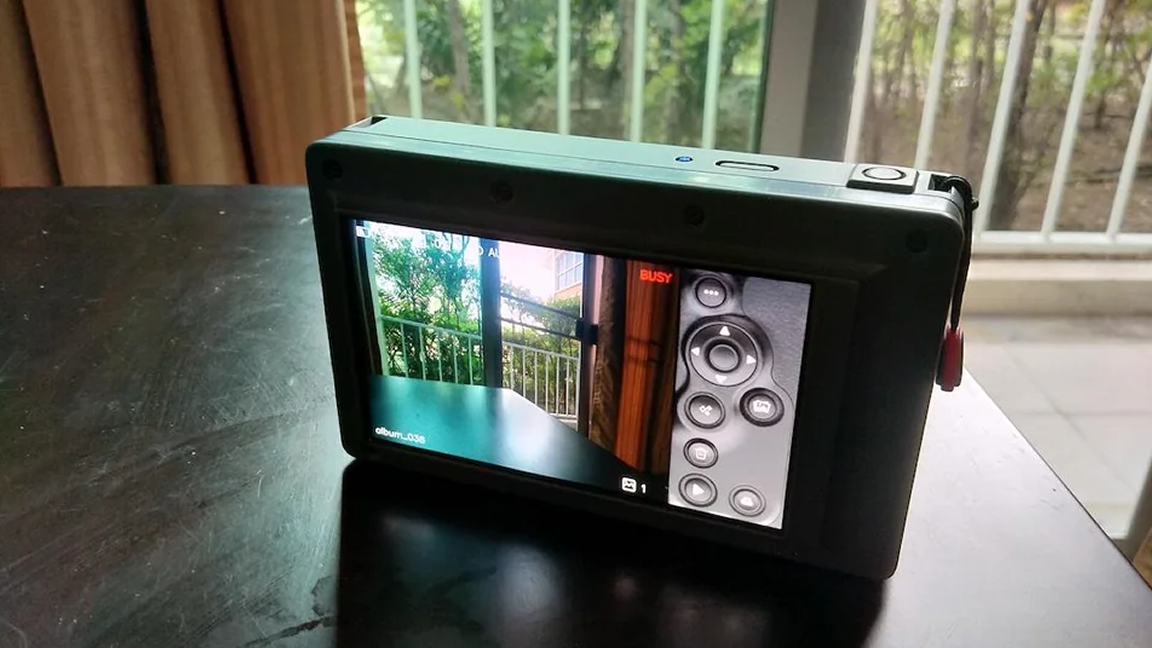
There's one way to get us excited about a Raspberry Pi project and that's to cram as many Pis as possible into one build. This "wigglegram" camera, created by a maker known as Low-Junket9298 over at Reddit, has put five Raspberry Pis inside his project to make this really cool camera with a 3D effect.
If you're new to the term wigglegram, we'll fill you in. These are essentially photos taken using multiple cameras at the same time that can be spliced together in GIF or video format to wiggle back and forth to show the image in 3D space. There are premade cameras on the market, like the Nishika camera, that do this already but Low-Junket9298 has made one from scratch using AI interpolation to make super smooth wigglegrams. You can see some examples of what it's capable of over at his Fiewfly website.
Low-Junket9298's Fiewfly camera uses separate Raspberry Pi Zero 2 Ws with camera modules to capture images instead of multiple cameras connected to one Pi. These images are stitched together by a Raspberry Pi Compute Module 4 ( we wonder if a Compute Module 5 could be used?) which fills in the gaps using AI to smooth out the wigglegrams.
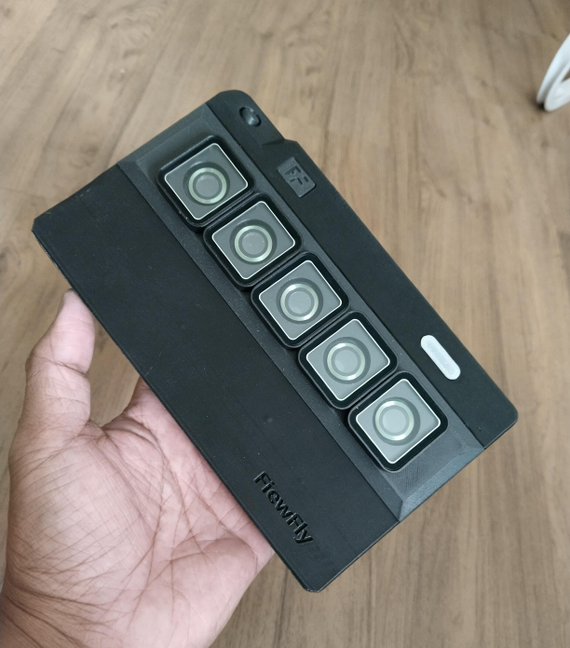
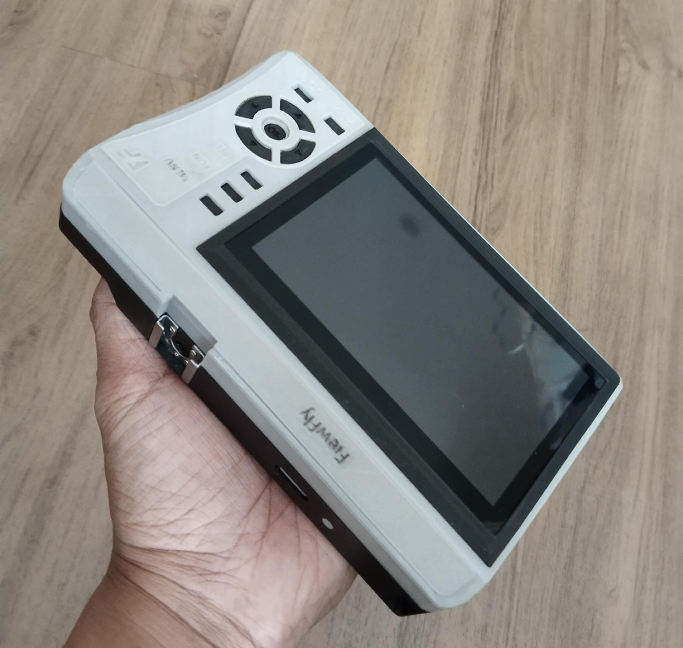
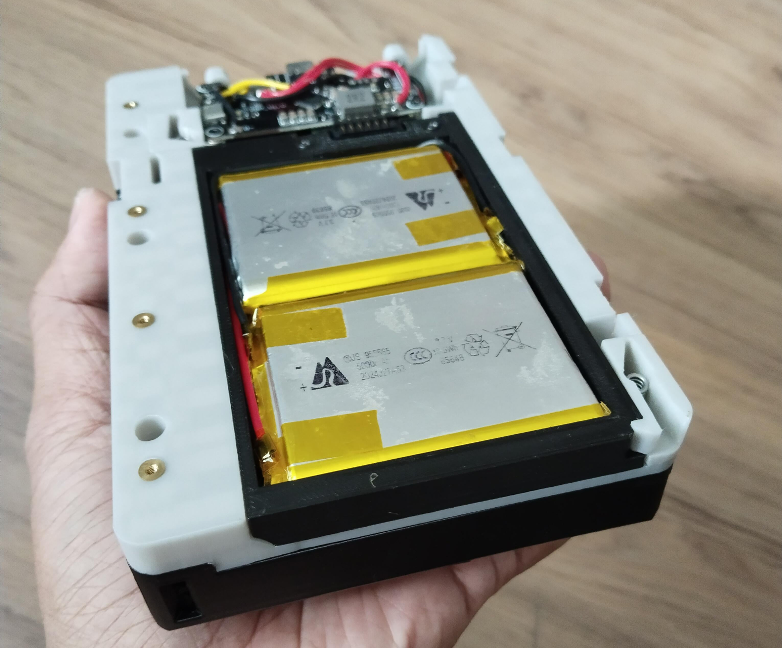
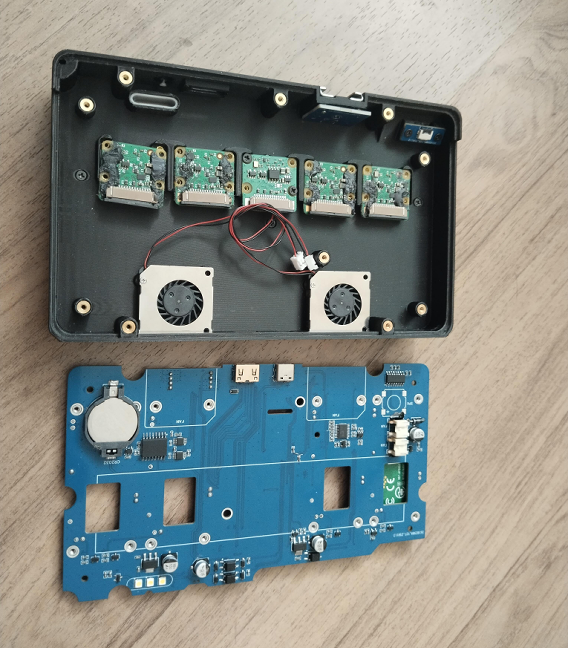
Low-Junket9298 has decided not to make the project open source but has plans to potentially sell components that are necessary to recreate it like the custom PCB that houses the Pis and camera modules. Readily available parts like the Raspberry Pi Zero 2 Ws, Raspberry Pi CM4, LCD screen and Raspberry Pi Camera Module V3 wide angle camera modules can be purchased separately. The Pis are powered using two 5000mAh 955565 power supplies. All of the hardware is housed inside of a 3D printed shell.
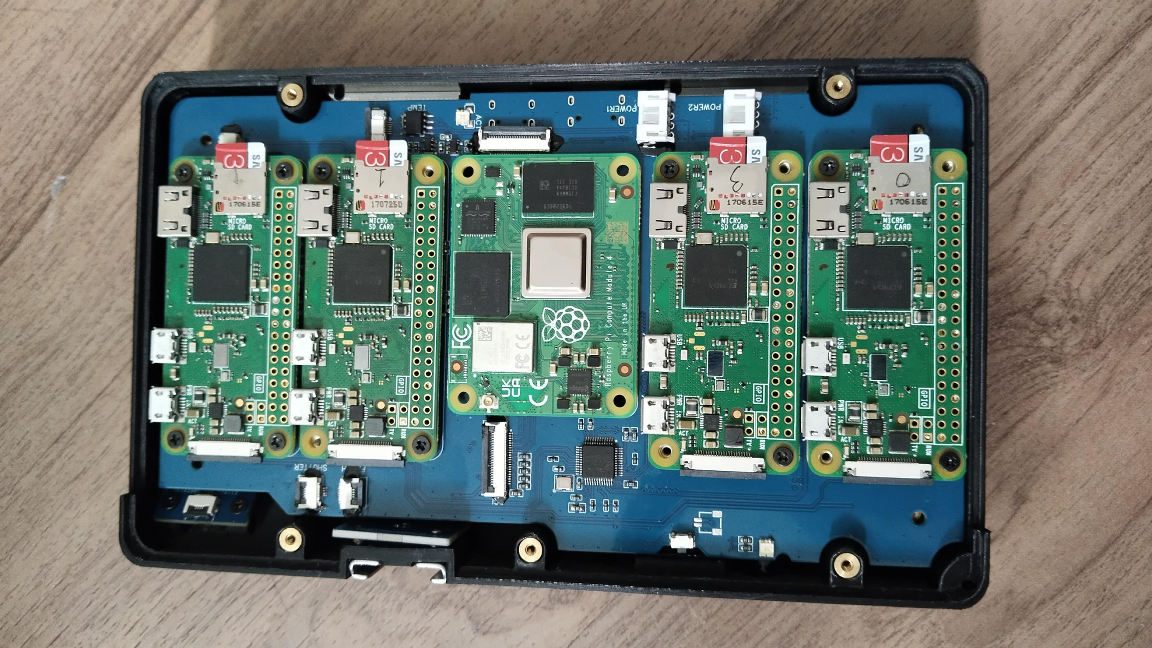
Because the project isn't open source, we don't get a good look at the source code. However, Low-Junket9298 explains how the project works in various posts shared to Reddit. Using separate Raspberry Pis to capture the images cuts back on delays that would affect the end result to an extent that AI interpolation couldn't fix. Multiple Pis makes for a precise system that lends to the smooth wigglegrams seen in the example shots.
If you want to get a closer look at this Raspberry Pi project, check out the threads shared to Reddit for more details and pictures showcasing the inside of this cool camera and be sure to check out the official Fiewfly website to see what it's capable of.
Get Tom's Hardware's best news and in-depth reviews, straight to your inbox.
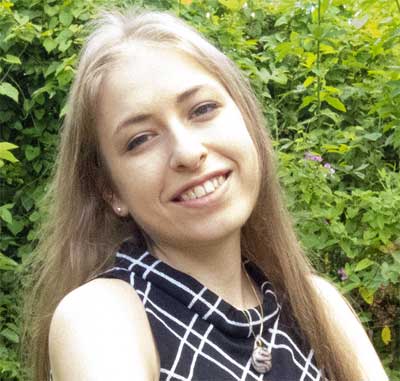
Ash Hill is a contributing writer for Tom's Hardware with a wealth of experience in the hobby electronics, 3D printing and PCs. She manages the Pi projects of the month and much of our daily Raspberry Pi reporting while also finding the best coupons and deals on all tech.